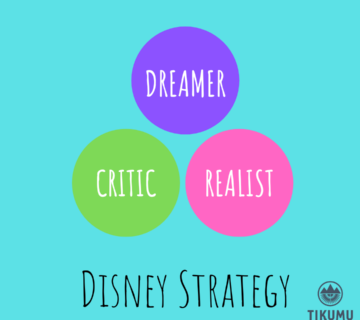Newton’s third law says, “For every action, there is an equal and opposite reaction”. In simple terms if you push on anything, it pushes straight back. The bigger your push, the bigger the push back.
Taking that learning into the workplace can be very beneficial for any business owner or manager. Whatever you do within your business, there will always be a push back. Whatever decisions you make or strategies you implement regarding your people and teams, there WILL always be a push back. It becomes your choice as to whether that push-back is positive or negative. Unfortunately tough decisions have to be made from time to time, to enable business growth and survival. Tough decisions will inevitably affect your team members, however the negative push-back can be controlled and managed. This is where you step up and decide how this will be carried out.
Think about the last tough decision you had to make, which ended up negatively affecting your team. What was the initial outcome and did you notice any effects weeks and months after the decision-dust settled? Were you aware that you would receive negative push-back or did it come as a complete surprise?
In both scenarios you are walking into a storm with no safety net. Being aware of the negative consequences, or being taken by surprise, you still land up on the back foot. So how can you prevent yourself from landing up with your picture on the staff break-room’s dartboard?
Take the time to consider your actions. Take the time to consider the consequences. Then ask yourself the following questions:
- What would the consequences (negative and positive) be if I implemented this particular change or action? Write these down on the attached worksheet. (Action and Consequences model)
2. What would the consequences (negative and positive) be if I didn’t implement this particular change or action? Write these down.
It is always good common practise to consider the “What if we didn’t implement” scenario. It provides you with a different perspective, an objective view of things.
3. Go back to questions 1 and 2. If you have documented the consequences of taking and not taking action, what would the consequences of each consequence be? Remember, that you are documenting negative and positive consequences, not just the negative.
Write these down.
This exercise can include as many consequence levels as you like, it just depends on how far you wish to take it.
4. Once you have outlined the consequences for each level, start looking at how the positive consequences can be leveraged and how the negative consequences can be managed. You may discover that just by managing the initial negative consequences you can nip them in the bud and prevent further damage from being caused.
Gone are the days of making tough decisions, ignoring the backlash and expecting for your people to “suck it up”. If you want to alienate your people and destroy your business and corporate culture, go ahead and continue with this mindset. However, with the right strategy in place and by taking control and being proactive, you can start thinking and working smarter.
- A business strategy is not enough - June 3, 2024
- Networking – quality or quantity? - February 19, 2024
- How behaviour profiling can work for your business - January 5, 2024




